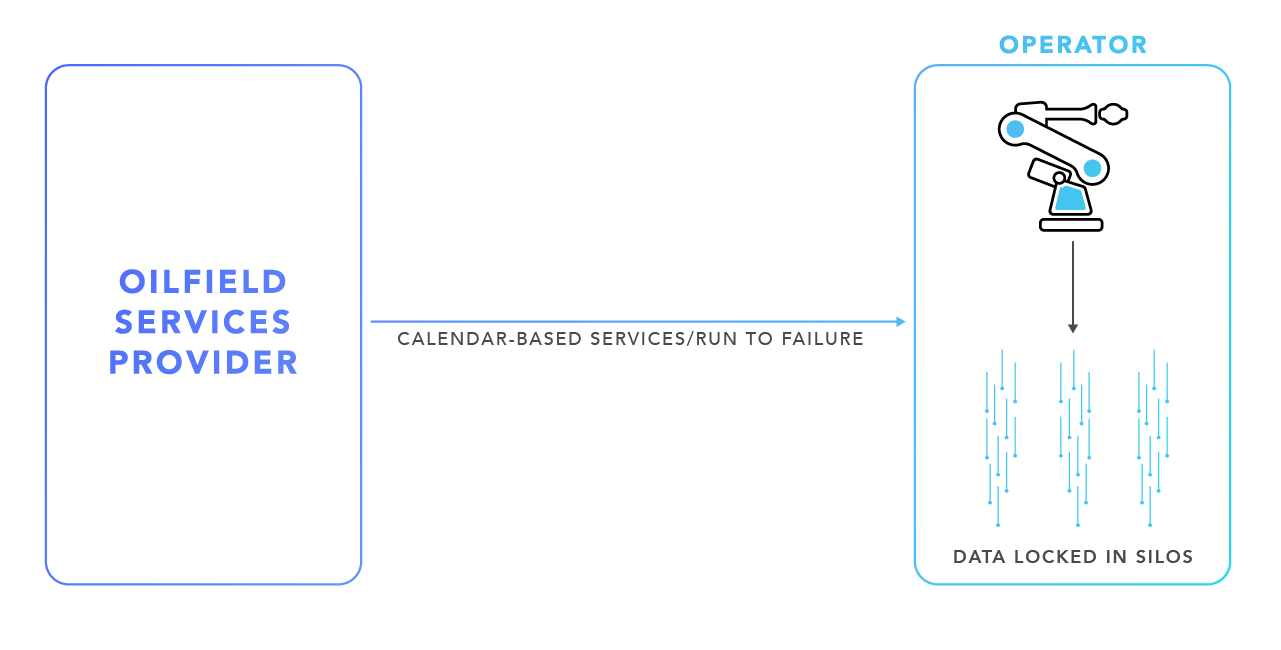What cloud computing did to the software industry in the 2010s, digital twins, and Artificial Intelligence (AI) platforms are doing to heavy-asset industries in the 2020s.
The catchphrase ‘disruptive technology’ has been diluted by overuse, popping up to hype any incremental technological advance. In reality, what constitutes genuine disruption is rarely new technology itself. No matter how significant the leap forward, technology is merely the catalyst.
True disruption comes from the subsequent introduction of a new business model, previously impossible to execute or to scale.
Industry 4.0 is no exception
Although nascent today, Machine-as-a-Service (MaaS) is poised to become the star of Industry 4.0. Pioneering examples by progressive industry leaders are already bearing fruit. And prospective fast-followers are watching closely.

Today’s omnipresent Software as a Service (SaaS) business models stem from advances in cloud computing and the proliferation of connectivity in the early 2010s. Now, digital twins, IoT, and AI platforms are coming together to unleash a sequel in the form of MaaS for asset-intensive industries. Moreover, MaaS is coming of age as machine learning matures as a discipline, making its disruptive force twice as potent.
SaaS is a disruptive business model encompassing the entire life-cycle of software provisioning to a customer, using the cloud for enablement. SaaS results are in a closer alignment of commercial interests between the software provider and the customer. Technology triggers included the development of the cloud and generally improved online connectivity everywhere.
Machine-as-a-Service (MaaS) exhibits the potential to be an equally transformative sequel to SaaS in the software industry. It looks set to reshape commercial relationships across heavy asset industries to support improved asset life-cycle management, driven by commercial interest alignment between OEMs and operators. Technology triggers are digital twin, IoT, and machine learning.
Read also: What is data fabric and does it complement my data warehouse? →
The ongoing disruption of the software industry impacts the entire IT stack, from hosting to application servicing. Digital frontrunners in the oil and gas supply chain and other machine operating industries are examining this disruption closely and preparing to take competitive advantage.
The meteoric surge of new enterprise SaaS companies, together with the well-documented struggle and fall of many previously successful incumbents, is stimulating discussion and steering digital strategies in industrial board rooms around the world.
SaaS and MaaS are not alone. In fact, they’re in very good company. Two other categories are Content-as-a-Service and Mobility-as-a-Service. According to Gartner, Content-as-a-Service encompasses content services platforms that are key components of the digital workplace and digital business, and Deloitte posits that Mobility-as-a-Service relies on a digital platform that integrates end-to-end trip planning, booking, electronic ticketing, and payment services across all modes of transportation, public or private. For convenience and context, we have compiled a shortlist of equally disruptive as-a-Service categories.
- Software-as-a-Service (SaaS): select examples Salesforce, ServiceNow
- Content-as-a-Service: select examples Netflix, iTunes
- Mobility-as-a-Service: select examples Uber, Lyft, Scoot
- Machine-as-a-Service (MaaS)
For those seeking to be one step ahead, MaaS is definitely a space to watch. Better yet, it’s where you want to become a first-mover to get ahead of the game.

